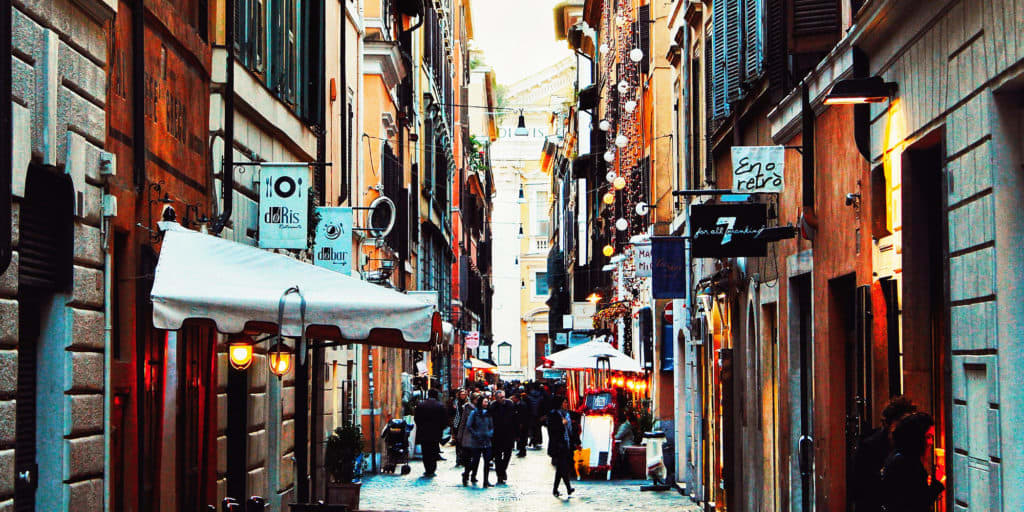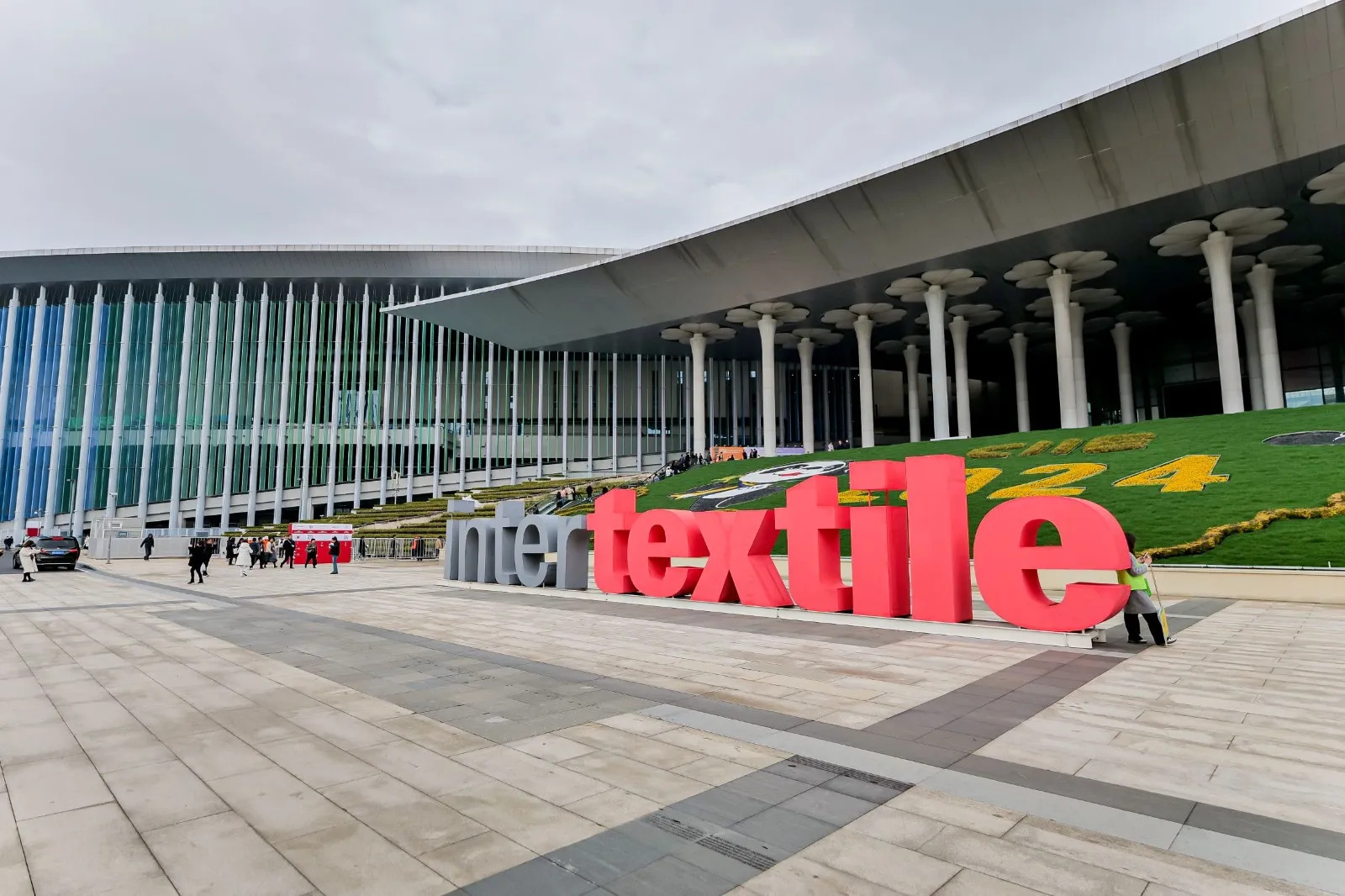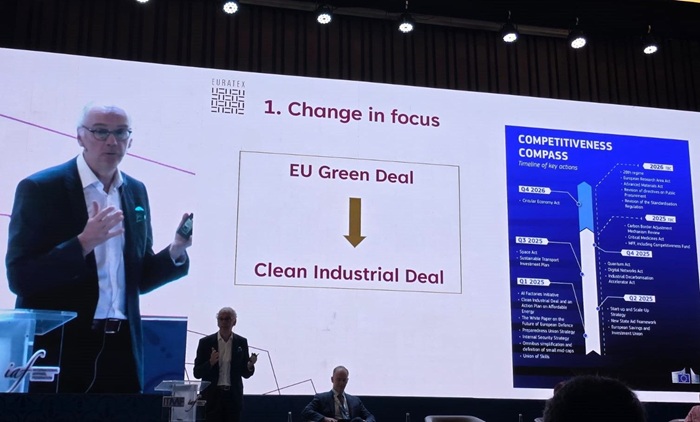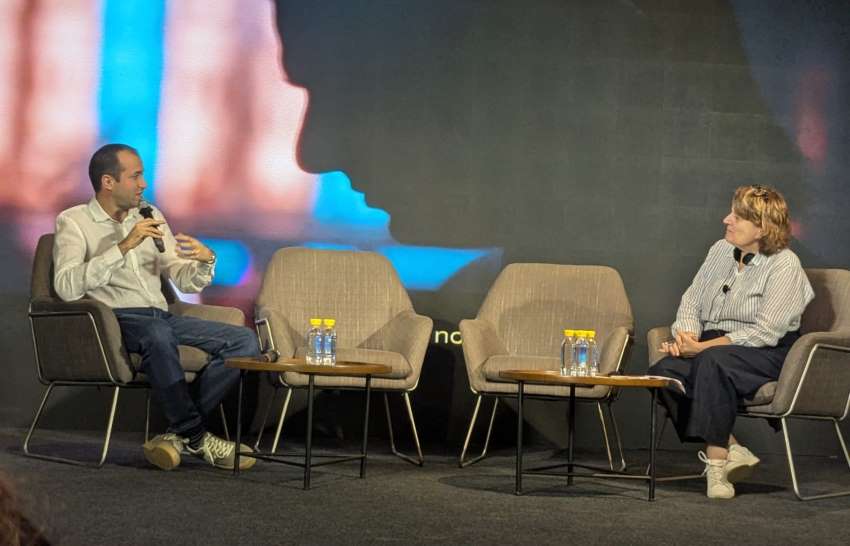
Asian readymade garment manufacturers have a solid reason to be stressed as the EU Strategy for Sustainable and Circular Textiles is being put forward with renewed vigor and commitment. The strategy in itself is renewing standards in the production and consumption of textiles as well as protecting the rights of vulnerable workers in Asia and other developing continents, home to significant number of RMG factories specifically for exports. The strategy is crucial for Asian manufacturers as 70 per cent of textile exports are to the EU.
Need for complete compliance
Asian garment manufacturers may have a little breathing time as the new EU framework for textiles has crafted a master plan that serves as a guide book and is non-binding for the moment. First proposed in May 2022, the framework came into effect in June 2023. According to EU Member of Parliament, Pernille Weiss, the framework addresses production and consumption of textiles, while recognizing the importance of the textiles sector. It implements the commitments of the European Green Deal, the Circular Economy Action Plan and the European industrial strategy.
The new framework envisages, 2030 is the end goal for all vendors supplying to the EU are fully compliant of the framework’s set standards to be able to sell their products to the EU. Textiles, garments, mattresses, car upholstery and home furnishing, etc, coming in to the EU, irrespective of origin have to meet the EU standards at each step of manufacturing process. From wastage of all resources in production process to labour rights throughout the entire stream, the keyword to be allowed to do business is compliance. The framework also disqualifies entities that will destroy unsold or returned inventory.
Non-binding only up to 2030
Meanwhile, as a voice of Europe’s retail entity, H&M, considered Europe’s largest fashion retailers has proven its commitment to sustainable and circular fashion by welcoming the new framework. H&M is in agreement with the EU’s policy makers that it is time to change how fashion is produced and consumed. H&M standing in full support in itself is a bell that should ring out loud and clear across Asia. According MEP Weiss, the strategy might remain non-binding for now, but the law-making processes will gather much more momentum after the EU Parliament elections in the summer of 2024. It is expected that steps taken will undergo a reset and current directives updated whilst regulations are refined so all work in unison to meet the objectives set by the framework. Additional laws pertaining to sustainability, circularity and human rights are expected to be added to the framework.
Asia gearing up to meet expectations
As 2030 is just seven years away, Asian manufacturers have been busy innovating and using technology to put into action all compliance points. H&M has knee-deep sourcing from Asia and feels the critical need for collaboration between brands buying from Asian manufacturers and the manufacturers themselves. As Naren Goenka, Chairman, India’s Apparel Export Promotion Council points out, if Asian manufacturers want to continue being the single largest group supplying to the EU they should realize that all, action plans for compliance starts here and now.
India has been making large strides like growing organic cotton, moving away from synthetic chemicals and pesticides in cotton farms and around 15,000 organic cotton farmers in Maharashtra have bought into this. Similarly, Sri Lanka, Singapore and Bangladesh are positive as manufacturers there have thrown themselves into bringing about change in their production process. From 50 per cent less water consumption to producing textiles that don’t shed micro-fibers, all stops are being pulled out across Asia.












